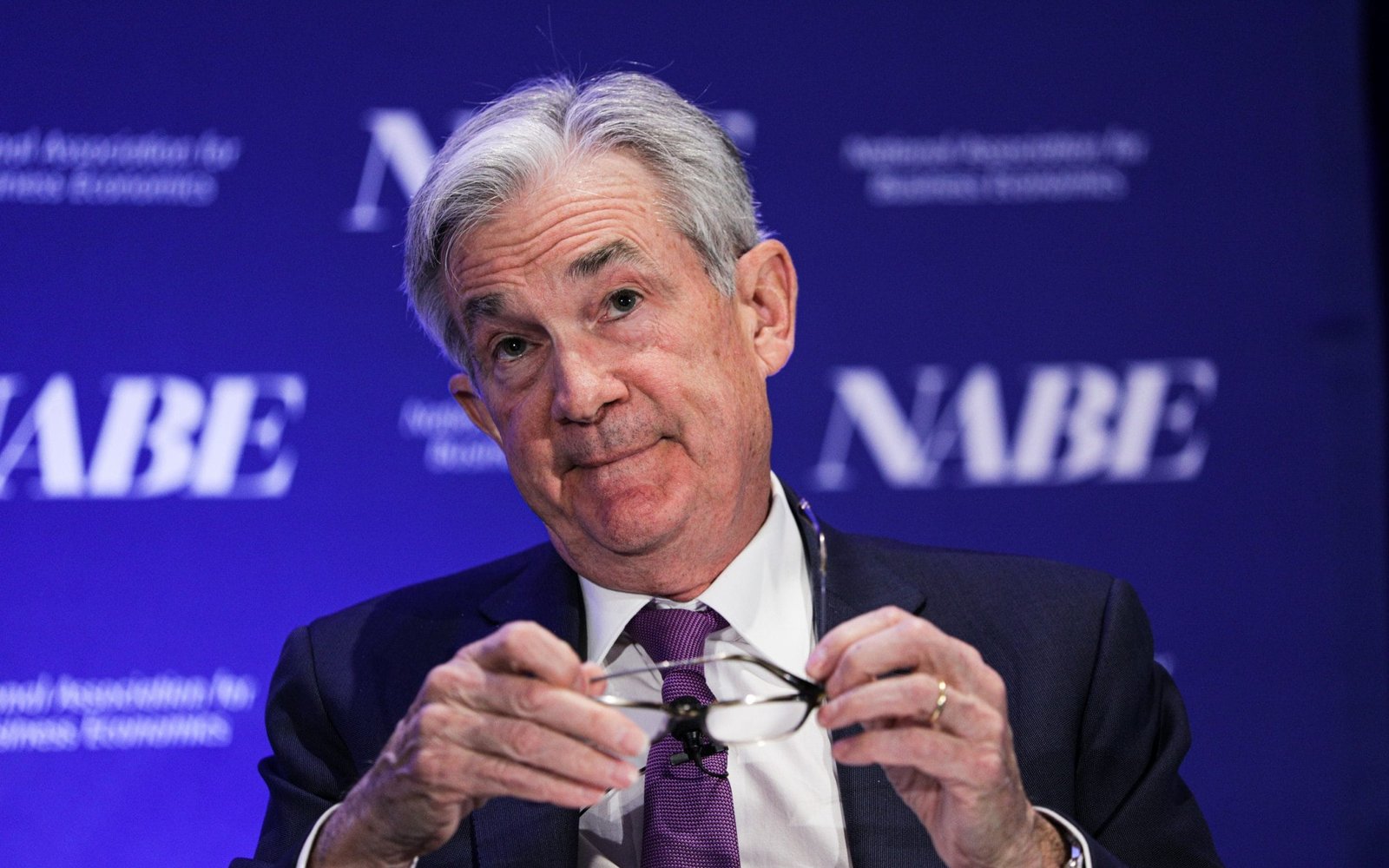
A wake-up call for the world’s largest economy is flashing on the bond market dashboard.
Part of the Treasury yield curve has inverted, a strong signal that nervous investors are bracing for a US recession. Yields on short-term government debt rise in a global bond rout as expectations rise that central banks will respond to decades-high inflation with interest rate hikes.
What happened?
Long-term debt, such as 10- and 30-year government bonds, typically have higher yields than short-term debt such as two- and five-year bonds because investors are compensated for keeping their money stuck longer.
However, this is reversed in an inversion of the yield curve, which means that yields on short-term bonds are higher than those on long-term bonds. This is rare and has become one of investors’ most trusted recession signals.
This time, yields on five-year Treasuries, or US government debt, hit 2.64%, compared to 2.58% for 30-year Treasuries. It was the first time this had happened since 2006.
The most watched part of the yield curve is the difference between two-year and 10-year Treasury bills. It is also about to reverse.
Why has part of the yield curve inverted?
The inversion signals that investors expect central banks to need to cut interest rates in response to a recession, perhaps after tightening monetary policy too quickly.
Yields on short-term bonds jumped on rising central bank expectations in response to runaway inflation with higher interest rates.
The US Federal Reserve is set to hike interest rates up to eight times this year with its chairman, Jerome Powell, fueling bullish bets with hawkish signals in recent weeks. The Bank of England is also expected to raise interest rates several times over the next 12 months.
What does it mean?
The US Treasury yield curve is a reliable predictor of recessions in the world’s largest economy.
The reversal in two-year and 10-year Treasury yields has been followed by a recession in the United States every time it has occurred in the past 50 years. The recession usually follows within 18 months.
And when America sneezes, the world catches a cold. Some economists are already warning of rising recession risks in the UK as consumer confidence has been shaken by the cost of living crisis aggravated by the war in Ukraine.
It could also spell trouble for equity markets, with rapidly rising yields a potential headwind for equities.
Althea Spinozzi, analyst at Saxo Bank, explains: “This, at some point, is a dangerous time for the markets, as a strong backup in Treasury yields has preceded every major bear market or market correction in recent years. decades, most infamously before the 1987 crash, but also in the early 2000s, 2007 and 2018.”
More about this article: Read More
Source: www.telegraph.co.uk
This notice was published: 2022-03-28 10:32:03
